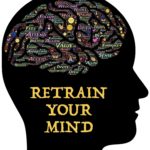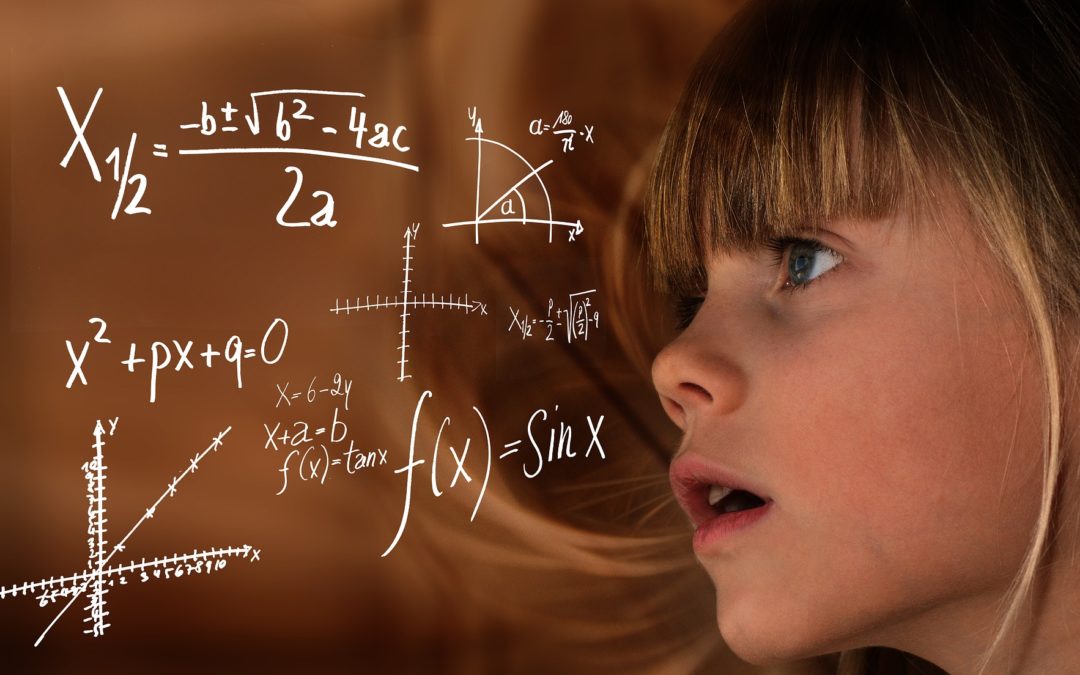Why Don’t You Get It?
In one of my recent articles, I discussed Differentiated Instruction, which is the method in which a teacher anticipates and responds to a variety of students’ needs by adjusting and teaching students to the way they learn. In other words, a teacher might have a classroom filled with twenty students and each of those students learns differently. Therefore, within that classroom, he/she will have different styles and tactics of teaching them by either modifying the content, adapting the process of how the material is taught, or redefining how students demonstrate their learning. The way the brain is wired varies from individual to individual, and contrasting parts of the brain are ready to learn at divergent times. In other words, what seems easy for one person/student might be challenging for another. LEARNING can be DIFFICULT for many people!!
In an article written by Deborah Farmer Kris she quotes “But Barbara Oakley is a self-described ‘former math flunky’ who ‘retooled’ her brain — and who has since made it her life’s work to help others learn how to learn by explaining some key principles from modern neuroscience.” She emphasizes, “…the field offers  educators many techniques that are rooted in brain research, such as deliberate practice and interleaving. Like Oakley, it is our job as educators to encourage and teach students how to slow down and actually absorb what is being taught. ” We all know so many students who rush through their work just to be finished with it , regardless of the quality or outcome. They must be reconditioned to have patience and understand that ALL things are difficult before they become easy, and that it doesn’t matter how slowly one goes, as long as one does not stop or give up. Taking what Oakley describes as “brain breaks” along the way plays a vital role in the learning process.
educators many techniques that are rooted in brain research, such as deliberate practice and interleaving. Like Oakley, it is our job as educators to encourage and teach students how to slow down and actually absorb what is being taught. ” We all know so many students who rush through their work just to be finished with it , regardless of the quality or outcome. They must be reconditioned to have patience and understand that ALL things are difficult before they become easy, and that it doesn’t matter how slowly one goes, as long as one does not stop or give up. Taking what Oakley describes as “brain breaks” along the way plays a vital role in the learning process.
As educators we have to take into account the various learning styles of students. Learning styles impact the way we learn and process information. Research has shown that various learning styles use different parts of the brain. The brain uses the following learning styles to process information:
- Visual (spatial): prefers using pictures, images, and spatial understanding.
- Aural (auditory-musical): prefers using sound and music.
- Verbal (linguistic): prefers using words, both in speech and writing.
- Physical (kinesthetic): prefers using your body, hands and sense of touch.
- Logical (mathematical): prefers using logic, reasoning and systems.
- Social (interpersonal): prefers to learn in groups or with other people.
- Solitary (intrapersonal): prefers to work alone and use self-study.
Sometimes as educators, adults and parents, we crush students’ and even some adults’ dreams because we tell them that they are not good enough or that they are wasting their time chasing a dream. Instead, as educators, we have to encourage our students and help them identify the way they learn in order to be successful. We simply need to ask ourselves the question, “Do we encourage students to find their learning styles and then break down the learning styles so students are successful?
Below is a copy of Oakley’s article to which I referred .
Reference
Farmer Kris, D., (2017). 5 Strategies to Demystify the Learning Process for Struggling Students. Mind/Shift – How We Learn, November 20, 2017.


